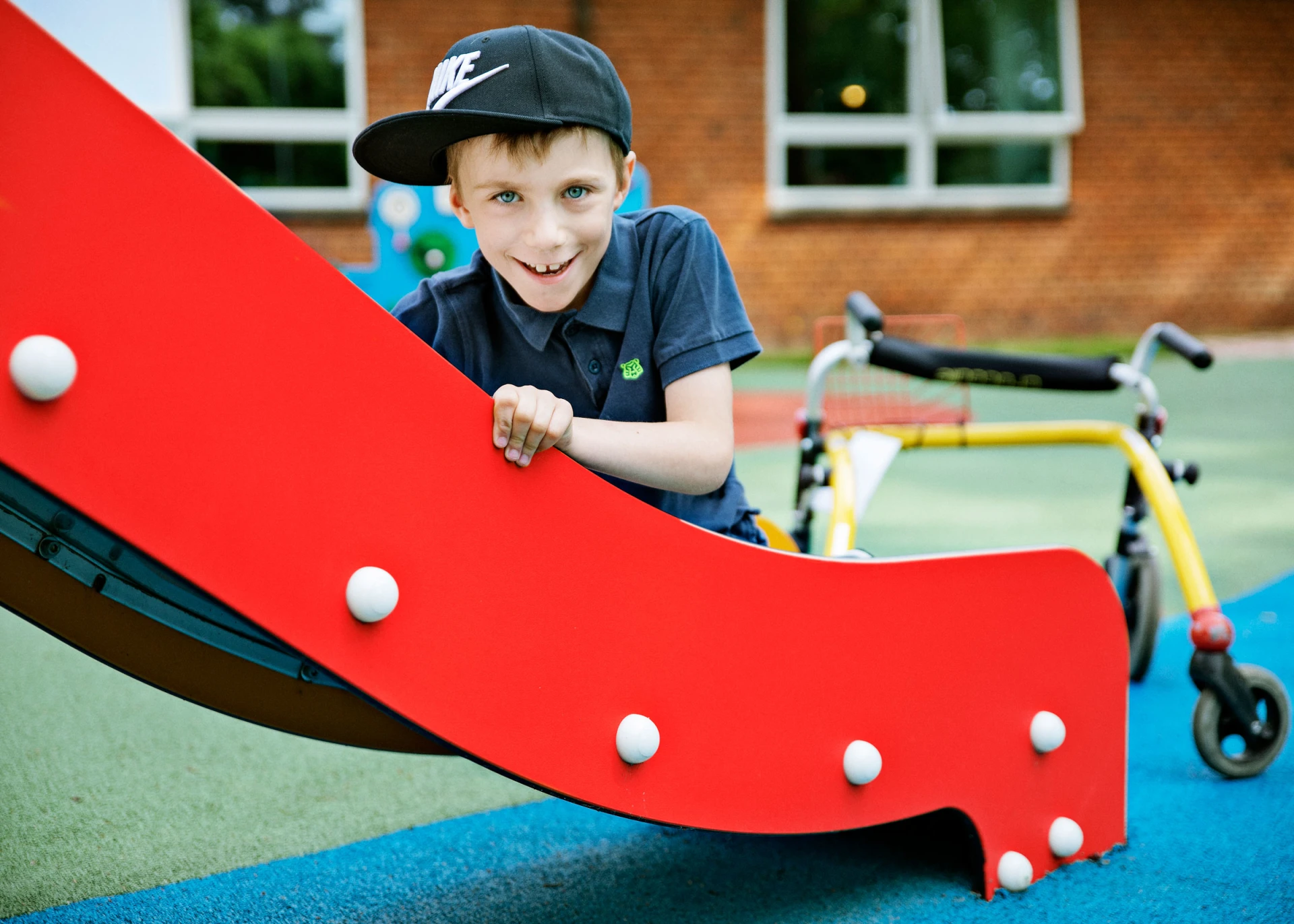playground planning
How to design Inclusive Playgrounds
What makes a Public Playground Inclusive?
The secret behind the attraction of an inclusive public playground lies in being mindful of the different needs and behaviours of the playground users. It’s all about creating equity in access and use. Everyone can’t do everything, but everyone can do something. Following our universal playground design principles, you are well-equipped when planning ideas and designing your inclusive playground project.
Our teams of play experts are here to help you and guide you in the right direction
Inclusive Playground Example
Inclusive playground design
The following are important design features to consider when creating an inclusive playground, regardless of its size: 1. Accessibility: It is important to ensure that the playground is easily accessible to all users. This can be achieved by providing suitable parking spaces and entry points, including those for wheelchair users. 2. Inclusive surfacing: Choose playground surfacing that is easy for people with mobility difficulties to navigate. Additionally, pathways with guidance can help users to access equipment and navigate the playground. 3. Quiet areas: Provide seating areas with benches and shading for caregivers and children who may become overstimulated and need to withdraw. 4. Social and solitary play areas: Design the playground to include both social and solitary play areas. Inclusive parks should offer exciting social play options as well as quiet play with sensory playground equipment. 5. Accessibility for elevated-level and ground-level play activities: Ensure that all play activities, whether elevated or at ground level, are accessible and usable for users with mobility difficulties. This can be achieved through the use of ramp structures or easy-access surfacing materials. Ramp structures, in particular, provide access to levels of play that would otherwise be unreachable by wheelchair users.
Often you can apply for inclusive playground grants to help realise your playground project.
To help with planning your next Inclusive Playground, we have created an easy overview of the best practices for designing inclusive playgrounds in an inclusive play design guide. Download your free copy below.
What SEN Playground Equipment should you choose?
How to make my playground more inclusive
Sensory Play Events
It's important to consider users with sensory or cognitive disabilities when designing an inclusive playground. One way to create equal play opportunities is by incorporating sensory play events. To achieve this, you can add elements such as tangible and visual textures, areas with equipment for soothing body pressure, auditive movement motivators, and sensory experiences like scented plants. These factors can help create a more inclusive and accessible playground for everyone to enjoy.
Challenging Play Opportunities
When planning inclusive and universal playgrounds, it is important to have a variety of play equipment that offers physically challenging, thrilling, and sensory-stimulating activities that can be played alone or in groups.
Choosing spinning, rotating, swaying, swinging, and rocking equipment for the physical thrill will ensure success. For sensory stimulation, a choice of natural features and tactile, sound, and visual elements to play with, alone or together, will increase play retention.
Guiding Design Language
Create a play area with signal transitions by using distinct textures and contrasting colors in the surfacing. This will aid users with sensory disabilities and vision impairments to navigate the playground more easily.
Dramatic play elements such as themed equipment will help many users connect and relate to the playground.
Individual Play and Breaks
Respites are essential to avoid overstimulation. A quiet area to retract to is a need for many users. Consider site amenities with accessible seating and table options, and solitary play areas with play equipment which can be used individually as this is also crucial for inclusive playground design.
Activities for Social Interaction
Social interaction is important for all of us. Therefore, an inclusive playground must also include play equipment and activities that stimulates social interactions; such as “two-of-each” parallel play options for training social skills. Placing side by side swings, springers or spinning devices is an amazing way to create a parallel play options.
Variety in Play Value
Variety in play opportunities should be provided by inclusive playgrounds. They should consist of both physical, social-emotional, and cognitive-creative activities as well as quiet areas for retraction from play, with seating for breaks.
What are the benefits of inclusive playgrounds?
Communities have a primary obligation to create equal access to outdoor play opportunities for everyone, regardless of age, gender, nationality or ability, as it benefits all.
Research indicates that playing with typically developing peers positively impacts the development and self-image of children with disabilities.
Children with disabilities, just like all other kids, love the thrill and joy of playing with others.
Children’s physical, social-emotional, cognitive and creative development is not only supported by play, it is developed through play.
Why Choose KOMPAN? KOMPAN’s mission of creating truly inclusive, universal playgrounds has been part of our journey since the 1980s, and ADA playgrounds since the 1990s. We have more than 50 years of experience designing play solutions for all, including children with disabilities. Over the past years, the KOMPAN Play Institute has intensified its observation studies and revisited the core insights of universal play.
Have questions about how to design an inclusive playground?
Please fill in your contact details, and we will get back to you as soon as possible.
